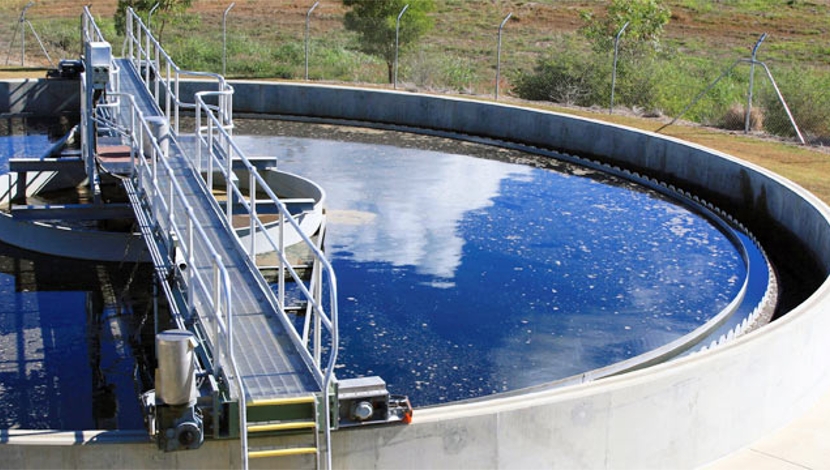
Global management consultancy McKinsey & Company argues that South Africa should urgently pursue a ‘big gas’ energy option to bridge an electricity supply gap of between 6 GW and 10 GW that could arise by 2025 as older coal-fired power stations are decommissioned.
The recommendation is contained in a country-level report titled ‘South Africa’s Big Five: Bold Priorities for Inclusive Growth’ released as part of McKinsey’s 20th anniversary in South Africa and 25th anniversary of the McKinsey Global Institute.
Co-author Christine Wu said, with up to 14.4 GW of capacity planned for decommissioning between 2020 and 2030, natural gas could be introduced with a significantly shorter lead time than would be the case for either new coal or nuclear.
She added that the development of a natural gas industry could also boost South Africa’s GDP by between R138-billion and R251-billion by 2030 and create up to 328,000 direct and indirect jobs.
Energy Minister Tina Joemat-Pettersson indicated, just ahead of the report’s official release, that gas was an “immediate focus” for government and indicated that work was under way to finalise the long-awaited Gas Utilisation Master Plan, which would offer a road map for South Africa’s development of a gas industry.
“The scale of the opportunity for gas use in South Africa is immense, with demand from the power sector alone possibly reaching one-trillion cubic feet,” the McKinsey reported stated.
But significant capital would also be required, with an initial R4.4-billion needed for an LNG terminal at Saldanha Bay and a further R4.1-billion rand in pipelines to connect the terminal to nearby sources of demand.
This could be followed up by domestic drilling and development programmes, as well as the addition of new pipeline networks to link areas of demand with both domestic and regional gas sources.
Besides “harnessing natural gas for power generation and industrial development”, the report listed four other opportunities as part of its ‘big five’ vision:
•Creating a globally competitive hub in advanced manufacturing.
•Making infrastructure investment more productive to enable growth across the economy.
•Boosting exports of services to the rest of Africa and the world.
•Unlocking South Africa’s full agricultural production and processing potential.
“These opportunities are all challenging and none of them are easy, but they are perfectly within our grasp to capture,” Wu concluded.





